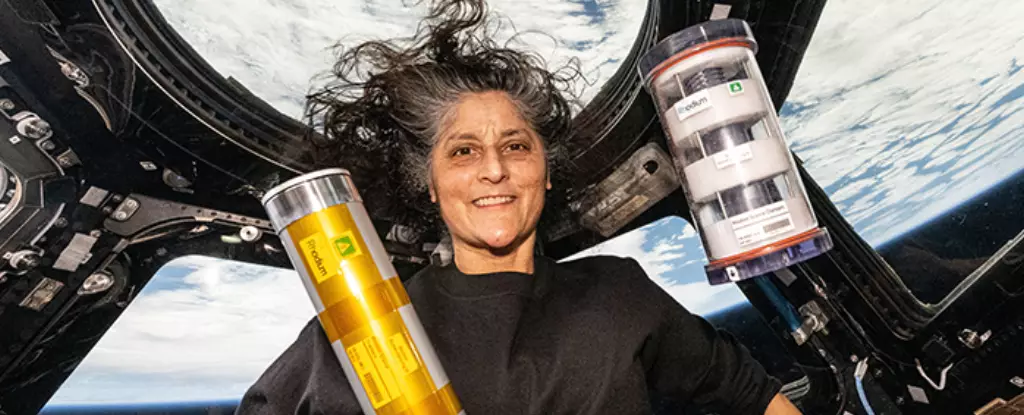In a surprising twist that highlights the complexities of human space exploration, two US astronauts, Butch Wilmore and Suni Williams, find themselves stranded aboard the International Space Station (ISS) for an indefinite period. Originally scheduled for an eight-day mission beginning in June with Boeing’s Starliner spacecraft, both astronauts encountered significant delay due to issues with the propulsion system of the spacecraft. As a result, NASA was forced to revise their plan entirely, turning what should have been a brief foray into a prolonged mission that could extend into late March 2025.
This scenario underscores the unpredictability inherent in space missions. The Starliner was initially set to be their means of transport, but its launch was compromised due to technical failures, leading NASA officials to reconsider their approach. Problems in space travel can cascade quickly—one malfunction can throw an elaborate timeline into disarray, as we see in this case where propulsion issues led to the astronauts being stranded for months.
In the wake of the Starliner’s failure, NASA pivoted toward utilizing a SpaceX mission to facilitate the astronauts’ return. Crew-9, which successfully delivered astronauts to the ISS aboard a Dragon spacecraft, was touted as the emergency evacuation strategy. With two available seats, the plan was to return both Wilmore and Williams along with Crew-9 members back to Earth in February 2025.
However, further news from NASA on Tuesday indicated yet another delay, revealing that Crew-10 will now not launch until at least late March 2025. This additional postponement adds anxiety not only to the ground teams but also to the astronauts remaining in space. Living in a controlled environment with predefined schedules can be mentally taxing, and the extended stay will undoubtedly present new challenges for both astronauts.
With what was initially meant to be a brief assignment, Wilmore and Williams now face the prospect of spending over nine months in the isolating environment of the ISS. Extended missions like this can have significant implications for the physical and psychological well-being of astronauts. Prolonged exposure to microgravity can lead to muscle atrophy and bone density loss, necessitating rigorous physical exercise routines to mitigate these effects. Additionally, a longer duration in a confined space can exacerbate stress and interpersonal dynamics among crew members.
NASA’s recent decision also provides critical insights into the logistics of maintaining a rotating crew on the ISS. The agency’s collaboration with private sector partners like SpaceX plays a pivotal role in ensuring the continuity of human presence in low Earth orbit. As technical delays become more common, the synergy between NASA and commercial entities is essential to overcoming challenges posed by unforeseen setbacks.
The current situation involving Wilmore and Williams serves as a reminder of the unyielding nature of space exploration. Despite advanced technology and exhaustive preparation, variables often extend beyond human control. As companies like SpaceX engage in regular missions to facilitate crew rotations, the lessons learned from these incidents foster a better understanding of the risks and realities of space travel. Moving forward, this experience will undoubtedly shape future missions to ensure the safety and success of astronauts venturing into the vast unknown.


Leave a Reply